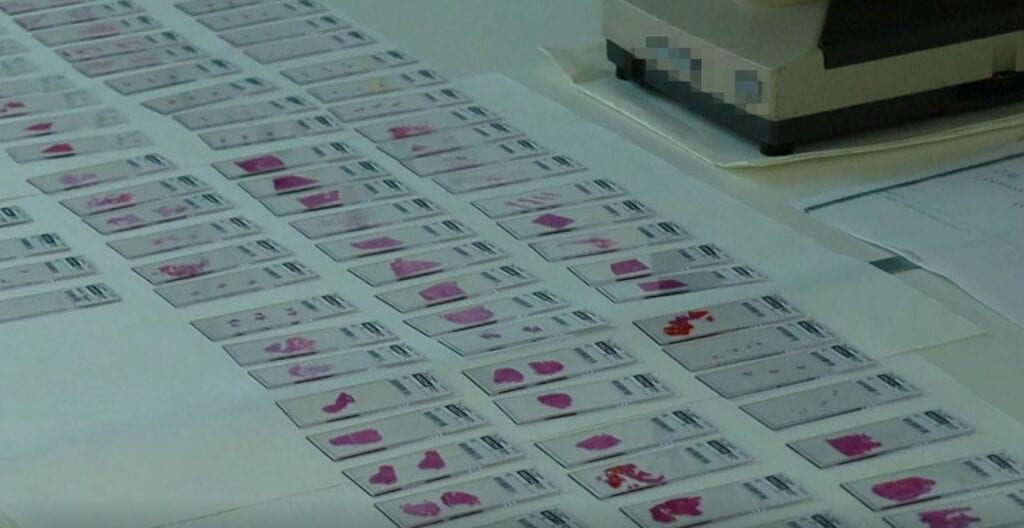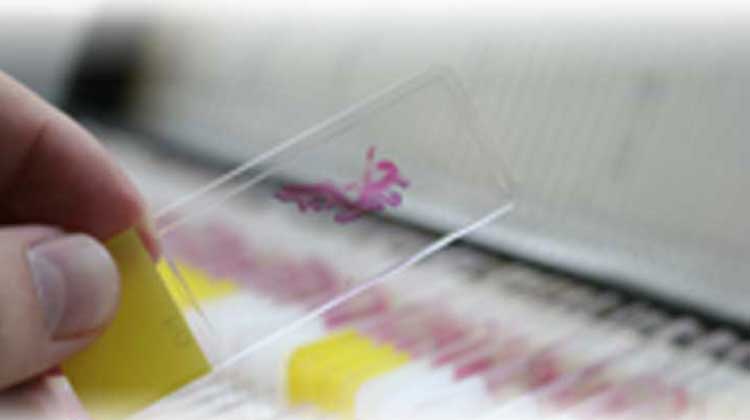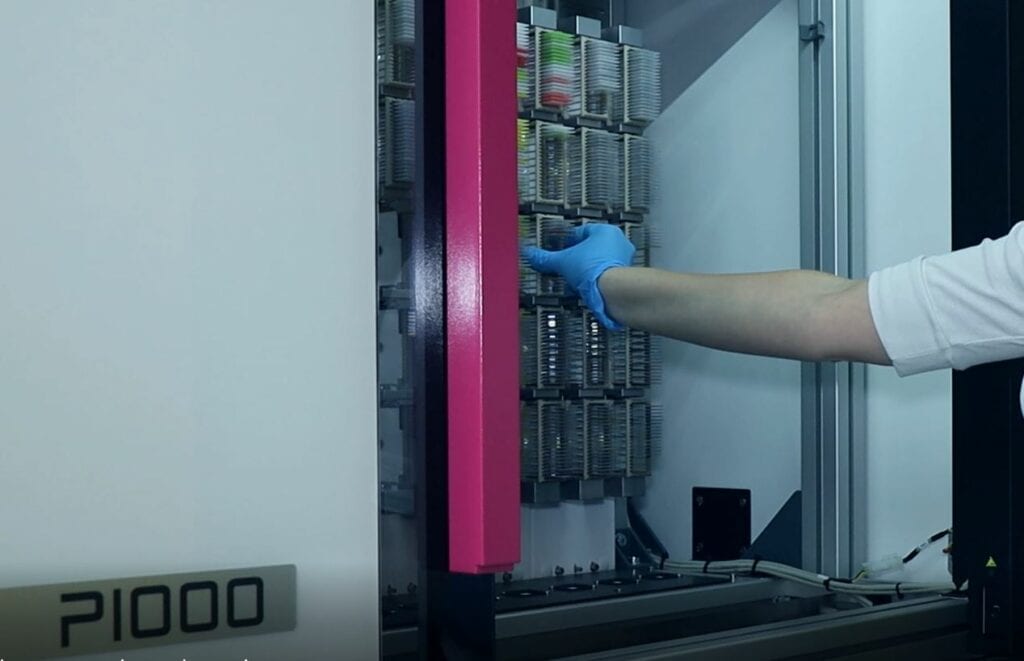Digital slide scanning helps the work of pathologists and researchers in many ways – digital slides are easy to store, retrieve, view and analyze. However, pathologists and researchers can truly enjoy these benefits only if the digital slide has the right image quality.
Follow the three simple steps below necessary to achieve superior image quality with your digital slide scanner.
Step 1: Tissue Processing
Even the world’s best digital slide scanner cannot compensate for a poor-quality tissue sample, so a great quality digital slide starts with well-prepared tissue. Please find below some important points that need to be considered when preparing tissue specimens for scanning.
- Sectioning: For single-layer scanning, we recommend a standard tissue thickness of 7-10 μm. If you have thicker samples, extended focus scanning or Z-stack scanning will produce best results.
- Staining: Avoid pale staining or strong background staining because they are likely to hinder automated tissue detection.
- Fixing on glass slides: Digital slide scanners produce best results with flat tissue surfaces. Avoid any folds or wrinkles in the tissue for optimal focus. Also, use slides with standard sizes (75-76 mm length and 25-26 mm width for standard slides or 51-52 mm width for double-width slides).
- Coverslipping: Glass and plastic coverslips may both be used. However, make sure that the plastic coverslip is not twisted or wrinkled as this may affect scanner focus. Also, make sure that there are no air bubbles under the coverslip, as this also may result in areas scanned out of focus. For best results, the distance between slide edges and the edges of the mounted coverslip should be 1-2 mm, and the edges should be parallel with each other. Recommended coverslip sizes are max. 50 mm length and max. 24 mm width for standard slides or max. 50 mm width for double-width slides. In case of using a 40x objective, adjust the correlation ring to the thickness of the coverslip.
- Barcoding: When sticking a barcode on the glass slide, ensure that a marginal space of 1-2 mm remains on all sides between the sticker and the label area outer limits. Do not let the barcode sticker protrude from slide edges or stick on the coverslip surface. Do not stick more than 4 barcode stickers over each other and the overall thickness must be kept below 1.65 mm (including the barcodes and the slide).
- If the scanner uses Flash technology the orientation of the sample also affects scanning speed. For best results, the sample should be vertically oriented because the lines are read out in a vertical direction.

Step 2: Slide Preparation
For best results, please check and clean your glass slides thoroughly before loading them into the scanner.
- Overhanging coverslips or barcode labels, or excess glue may affect the fit of the slide in the magazine or the scanning mechanism itself, potentially causing jamming, breakage or inferior image quality.
- Before scanning, make sure you wipe glass slides clean of water spots or fingerprints. For more stubborn stains, use water or alcohol. Do not load glass slides that are not completely dry into the magazine – or else water or embedding medium may get into the scanning mechanism, causing inferior image quality.
- If you need to mark an area of interest on the glass slide, do not use a marker that may scratch the glass surface of a slide. Use a soft tip pen instead. Please note that some markers may dissolve in water; keep in mind not to use these with water immersion objectives.
- Do not use glass slides with any cracks or small pieces of glass may drop during scanning, causing a jam or even potentially damage the scanning mechanism.
- Make sure that glass slides are in a straight position in the magazine – or it is highly likely that your digital slides will have unfocused areas.
- Please keep magazines clean from dust, broken glass and other embedding media residues. The slide loader will only operate safely and properly with clean magazines.

Step 3: Slide Scanning
There are several digital slide scanners on the market, each with its own characteristics. Still, there are some general guidelines for achieving superior scanning quality.
- Your scanner should have an automatic tissue detection feature, focusing on the tissue on the slide and excluding all other, non-relevant objects. However, substandard staining, discoloration or specks on the slides may result in poor tissue detection. It is advisable to review the tissue detection on suboptimal slides before scanning to avoid the need for rescans later.
- Focusing should be automatic with focus points automatically placed all over the tissue specimen. If there are out-of-focus areas on the slide, setting additional focus points manually can be helpful.
- For water immersion scanning, ensure that there is enough water to prevent the objective from drying out during scanning. However, if there is too much water, it can ooze under the coverslip, resulting in substandard image quality.
- After scanning, use the full preview image saved into the slide to check if every relevant area has been scanned and to identify potential scanning errors.

Follow the steps described above to achieve superior image quality with your digital slides.
Do you have a question? Why not talk to us?

